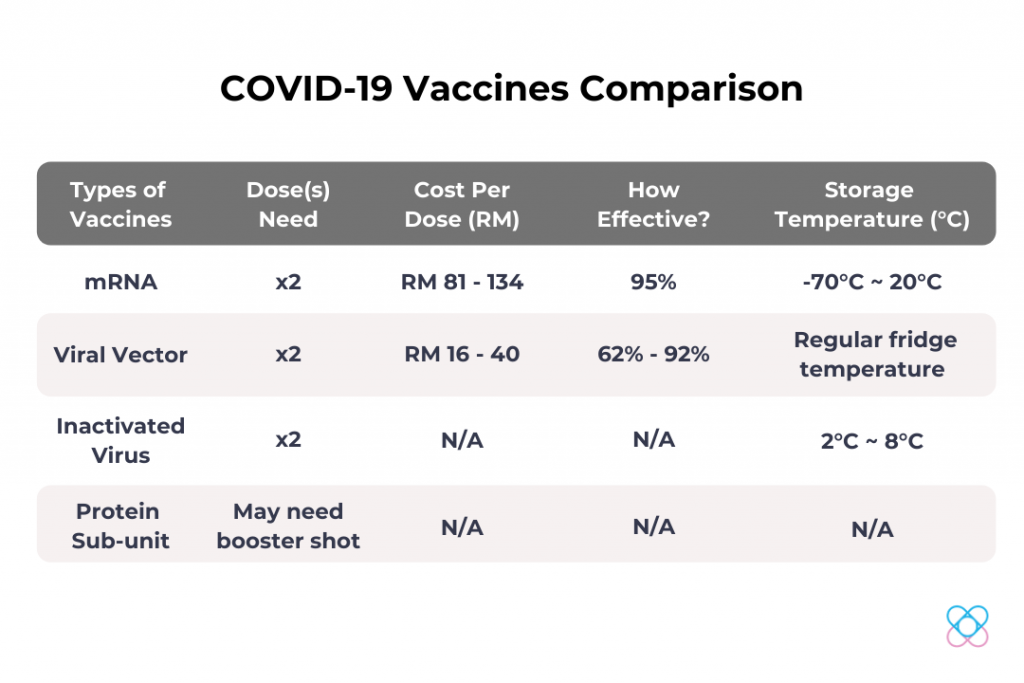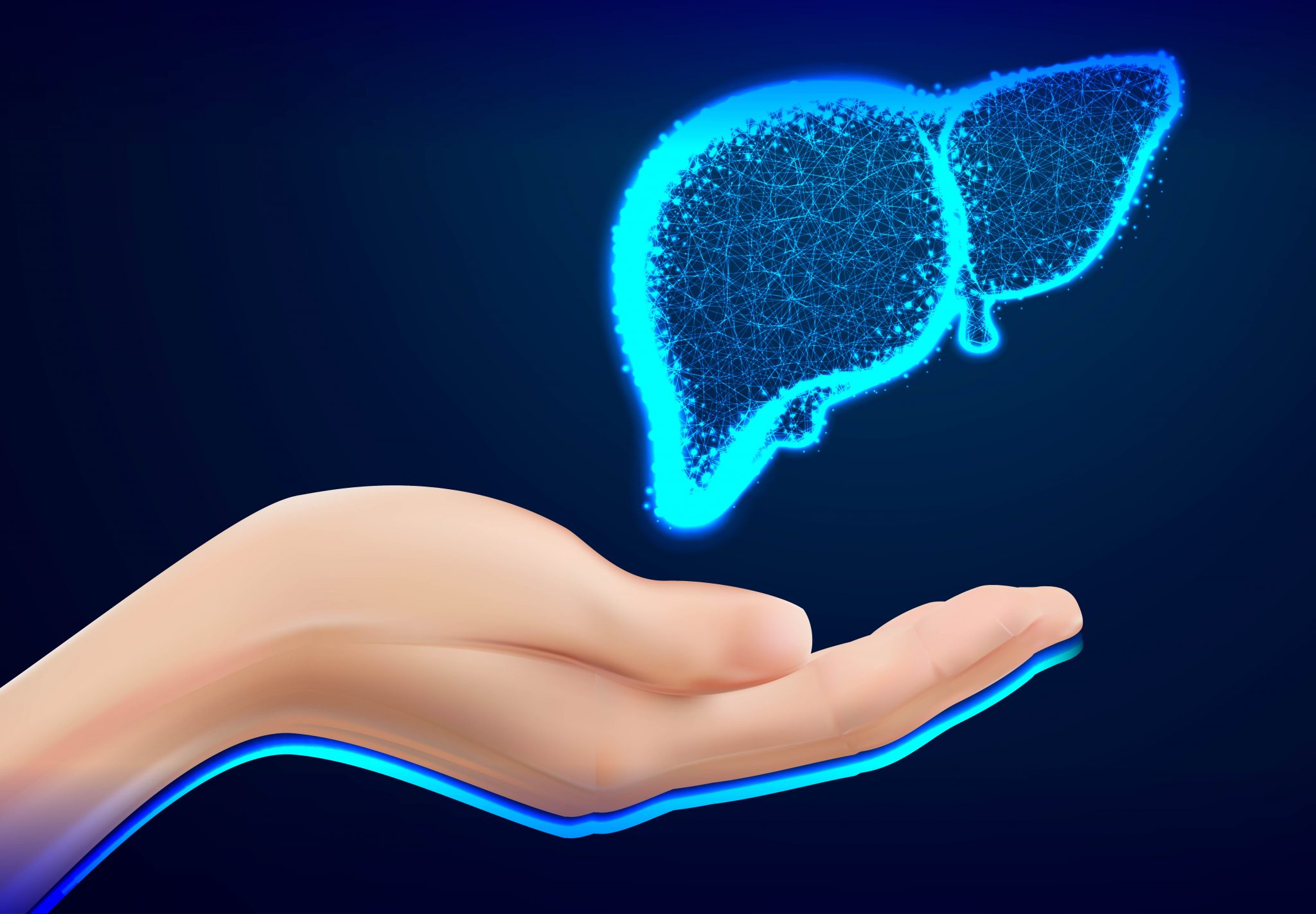Since the emergence of SARS-Cov-2 in November 2019, there have been at least 60.3 million cases of infection and 1.42 million deaths by COVID-19 that were reported all over the world. Hence, the need for a vaccine is urgent.
READ ALSO: How Genes Make Us More Susceptible To Coronaviruses
The Immune System
To understand how COVID-19 vaccines work, we have to understand how our body fights against viruses.
When viruses, such as COVID-19, invade our body, they will attack and multiply, causing infection. However, our immune system has white blood cells (also known as immune cells) as a tool to fight infection. Different types of white blood cells fight in different ways:
Macrophages
Macrophages are white blood cells that are responsible for detecting, engulfing and destroying pathogens and dead cells. Macrophages also play a role to alert the immune system when microbe invasion is detected. Macrophages will present a protein on its cell surface called antigen, which gives signal to the T cells to stimulate antibodies to attack the invaders.
B- Lymphocytes
Also known as B cells, are defensive white blood cells. In the viral attack story, the B cells sweep up the leftover viruses after the T cell attack. B cells produce a Y-shaped protein called antibodies, which are able to lock onto the surface of a specific pathogen and mark it for destruction by other immune cells. Antibodies will trap invading viruses or bacteria in large clumps. This makes it easy for macrophages to eat them.

T- Lymphocytes
Also known as T cell, this is another type of defensive white blood cell. However, there are 2 types of T cells: helper T-cells and killer T-cells. Helper T cells not only help to activate B cells to secrete antibodies and macrophages to destroy ingested microbes, but they also help activate killer T cells to kill infected or damage target cells.

When a person gets infected with the COVID-19 virus, it takes several days or weeks for the body to fight against the virus to get over the infection. After the infection, the memory cells (T and B lymphocytes) will remember how to protect the body against that disease. T-lymphocytes will go into action quickly if the body encounters the same virus again; meanwhile, B-lymphocytes will produce antibodies to attack them when the familiar antigens are detected.
One thing to note would be that experts are still learning how long these memory cells can protect a person against the virus that causes COVID-19.
How Do COVID-19 Vaccines Work?
A vaccine is a substance that contains dead or weakened disease-causing microbes. These microbes are inactive and they won’t cause illness, but they will stimulate the immune system to produce antibodies that will protect you from the disease in the future. Different vaccines work in different ways to offer protection but with all types of vaccines, the “memory” T-lymphocytes and B-lymphocytes will remember how to fight that virus in the future.
Typically, the body might take a few weeks to produce T-lymphocytes and B-lymphocytes after vaccination. Therefore, there are chances that a person could be infected with the COVID-19 virus just before or just after the vaccination. This will cause them to fall sick because the vaccination did not have enough time to provide protection.
Types of Vaccines
There are 4 types of COVID-19 vaccines and all of them are currently under phase 3 clinical trial. Below is a description of how each type of vaccine works to protect users from COVID-19 virus.
mRNA Vaccines
mRNA vaccines carry information that allows our cells to produce a viral protein that does not cause disease. The body will launch an immune response against the virus to enable the person to develop immunity when the proteins are produced.
Viral Vector Vaccines
There are 2 types of viral vector-based vaccines: non-replicating vector vaccines and replicating vector vaccines. Non-replicating vector vaccines are unable to make new viral particles but only produce the vaccine antigen. Meanwhile, replicating vector vaccines produce new viral particles in the cells they infected.
The developing COVID-19 viral vector vaccine uses non-replicating viral vectors. Once the vaccine is injected into our body, the vaccine viruses begin to infect our cells and insert their genetic material including the antigen gene. Human cells will then present the antigen on their own surface and when the immune cells detect the foreign antigen, they mount an immune response against it.
Protein Sub-unit Vaccines
Protein subunit vaccines are composed of protein components of the virus that are capable of inducing a protective immune response. This vaccine gives a very strong immune response that is targeted to key parts of the virus. This can also be used on almost everyone who needs them, including people with weakened immune systems and long-term health problems.
Inactivated Virus Vaccines
This type of vaccine uses the part of a virus that causes the disease but is no longer active. Inactivated vaccines are not strongly influenced by antibodies in the host body. They can also be administered when antibodies are present in the blood, such as during infancy or after taking medication that contains antibodies. This type of vaccine usually requires repeated doses for immunity to be achieved because it cannot be replicated. Therefore, this type of vaccine can also be a booster for the previous vaccination.

There are several Covid-19 vaccine candidates are currently in Phase III Clinical Trial from several countries such as China, USA, UK, Peru, Brazil and more.

—
Want to learn more about vaccination and COVID-19? Follow our blog, Facebook, and Instagram for more interesting content!
Discover your genetic predisposition in COVID-19 infection risk and severity with Project CoviDNA today.
References
1. Centers for Disease Control and Prevention. (2020). COVID-19 and Your Health. Centers for Disease Control and Prevention. Retrieved 21 December 2020, from https://www.cdc.gov/coronavirus/2019-ncov/vaccines/different-vaccines/how-they-work.html?CDC_AA_refVal=https%3A%2F%2Fwww.cdc.gov%2Fcoronavirus%2F2019-ncov%2Fvaccines%2Fabout-vaccines%2Fhow-they-work.html.
2. Gavi. (2020). There are four types of COVID-19 vaccines: here’s how they work. Gavi.org. Retrieved 21 December 2020, from https://www.gavi.org/vaccineswork/there-are-four-types-covid-19-vaccines-heres-how-they-work.
3. Ghorbani, A., Zare, F., Sazegari, S., Afsharifar, A., Eskandari, M., & Pormohammad, A. (2020). Development of a novel platform of virus-like particle (VLP)-based vaccine against COVID-19 by exposing epitopes: an immunoinformatics approach. New Microbes And New Infections, 38, 100786. https://doi.org/10.1016/j.nmni.2020.100786
4. Kaur, S., & Gupta, V. (2020). COVID-19 Vaccine: A comprehensive status report. Virus Research, 288, 198114. https://doi.org/10.1016/j.virusres.2020.198114
5. Sara, R. (2020). What is an Inactivated Vaccine?. News-Medical.net. Retrieved 21 December 2020, from https://www.news-medical.net/health/What-is-an-Inactivated-Vaccine.aspx.

